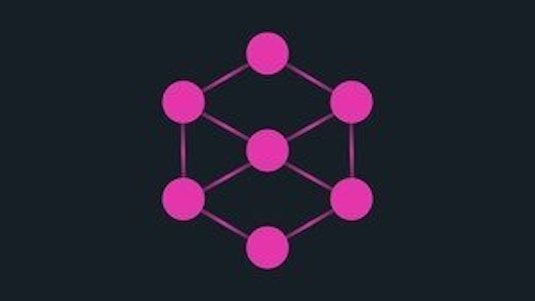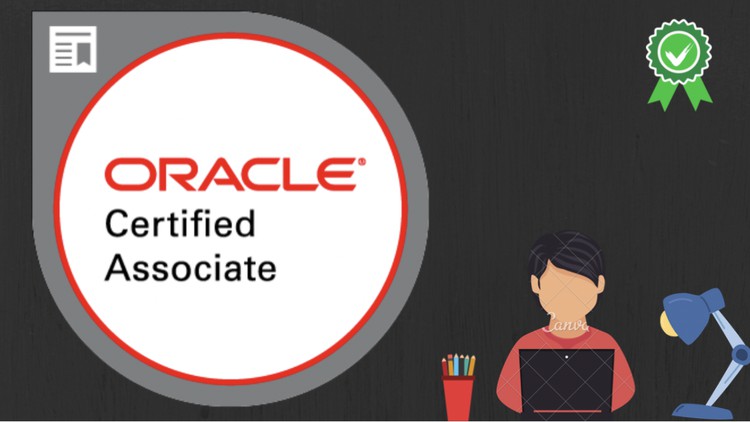
About the course
Migrating from monolithic applications to microservices carries many benefits, cost reduction and reliability included. So why isn’t everyone doing it yet? Moving from a monolithic application to one that’s run by microservices comes with many many challenges! There are a number of good ways to implement this, and one of them is to use containers.Kubernetes, an extremely popular orchestration tool for containers, has a lot of moving pieces to worry about – and that’s before you even get to see a “Hello World” app. AWS’ managed Kubernetes service, EKS (Elastic Kubernetes Service), is a great option, and facilitates access to other AWS services like IAM, AutoScaling, and CloudWatch.
Learning how to manage all of this can be a tough journey. The more you learn, the more you realize there are a ton of other things to tackle. In this course we’ll be building a whole architecture where you can learn best practices and advanced techniques around Kubernetes, EKS, AWS, as well as the skills required for maintaining a production-ready environment. We are going to take a real-world project and develop it over the duration of the course. There is a LOT in here, so you will need to be confident with AWS already.
In this course you’ll learn how to:
- Apply what you’ve learnt to production environments running on EKS.
- Solve common issues and improve solutions on a normal Kubernetes setup.
- Find room for improvement on existing EKS environments, and implement solutions to close them.
- Develop architectures that are aligned to the five pillars of the Well-Architected Framework.
- Make better decisions at the start of a new project in EKS, or migration from another Kubernetes architecture.
- Make your applications scalable, reliable, and highly available in Kubernetes, running under EKS.





